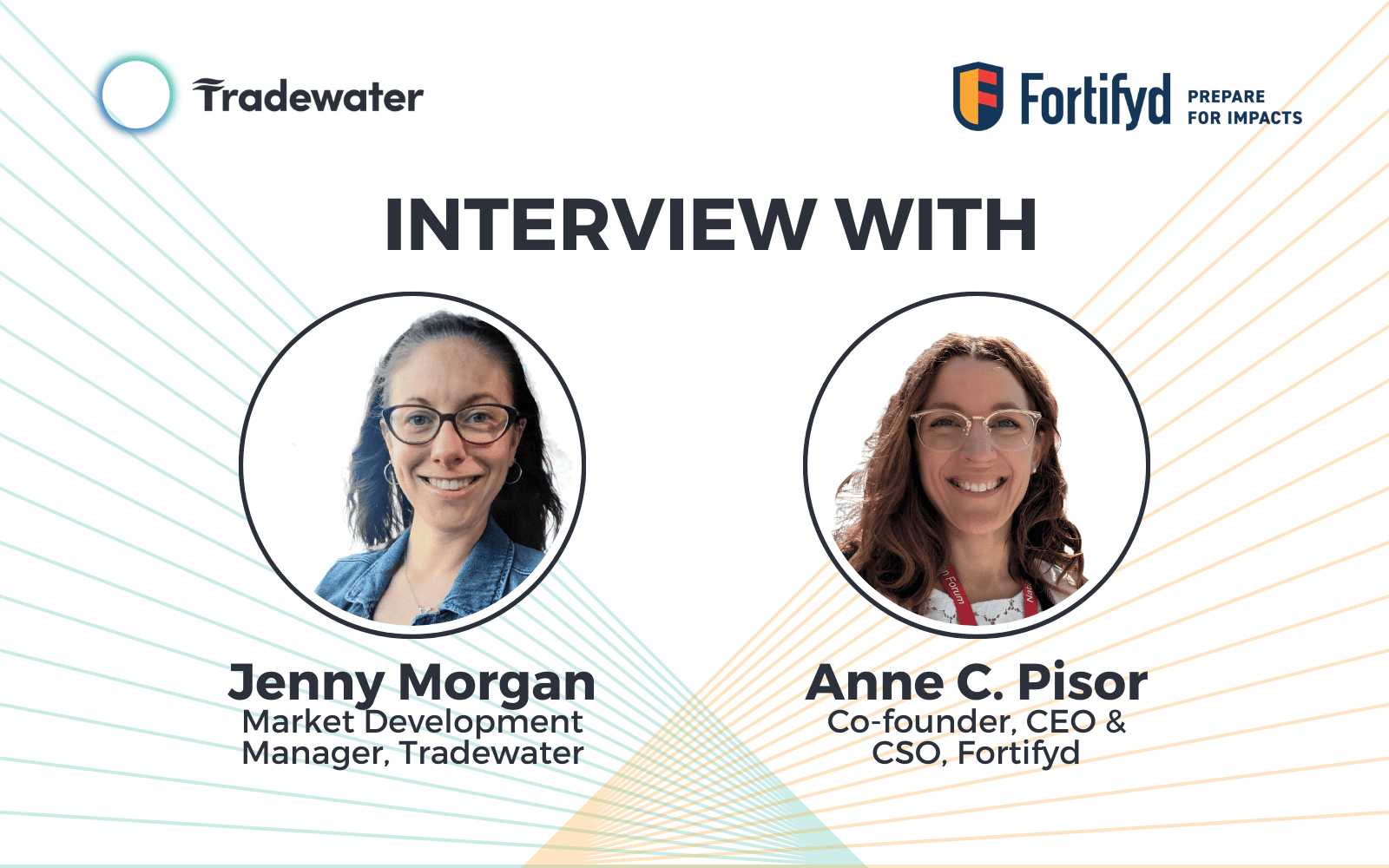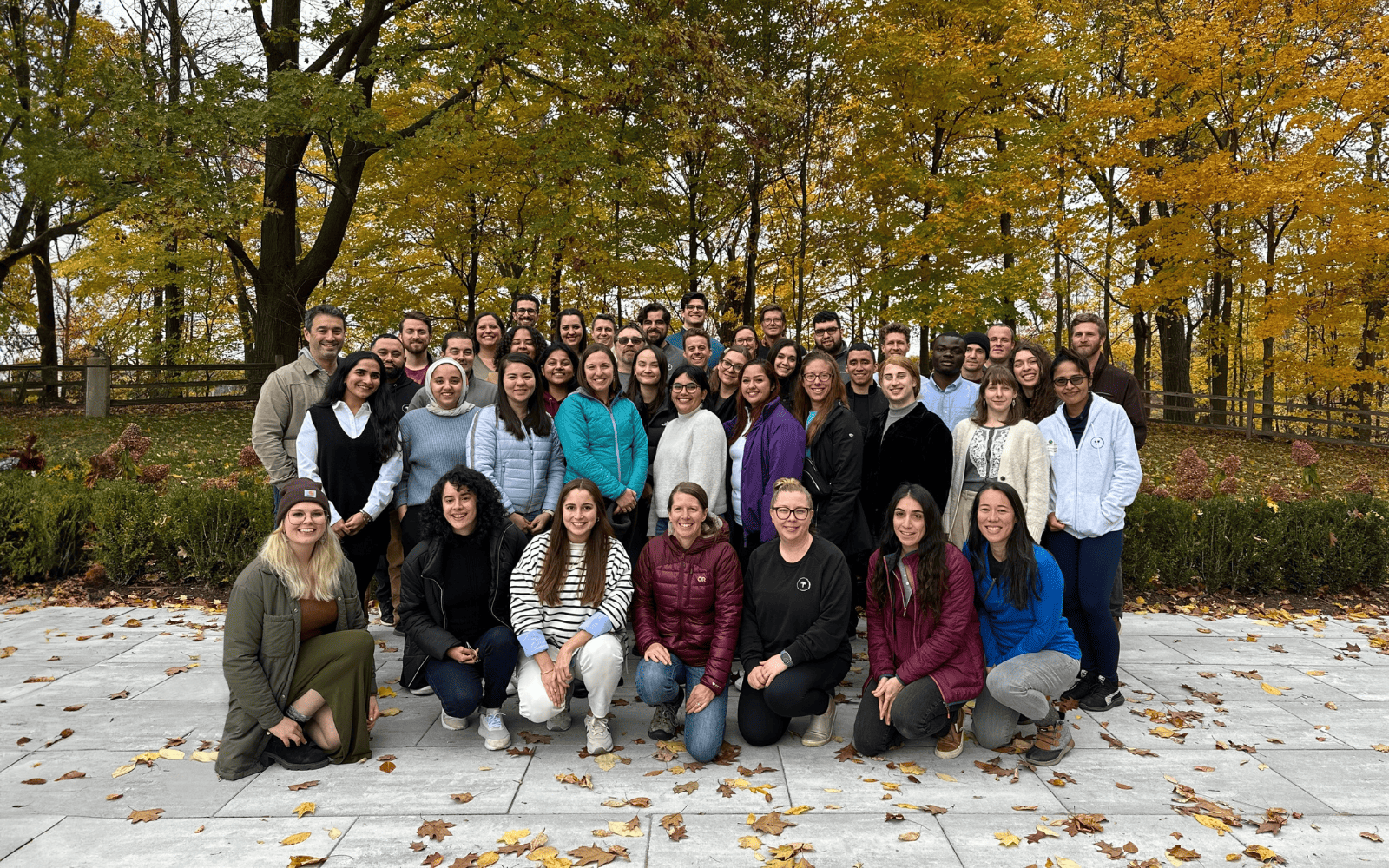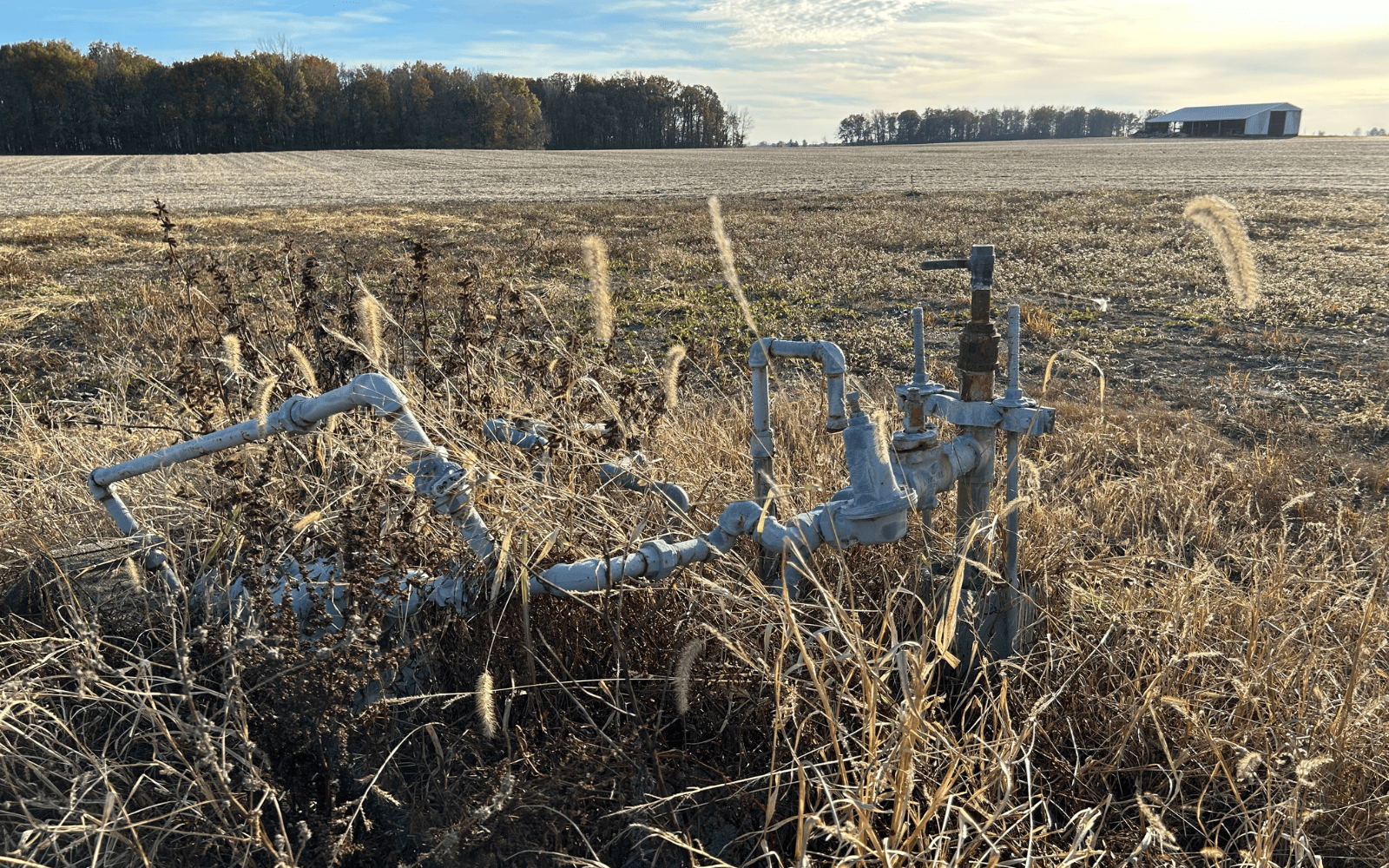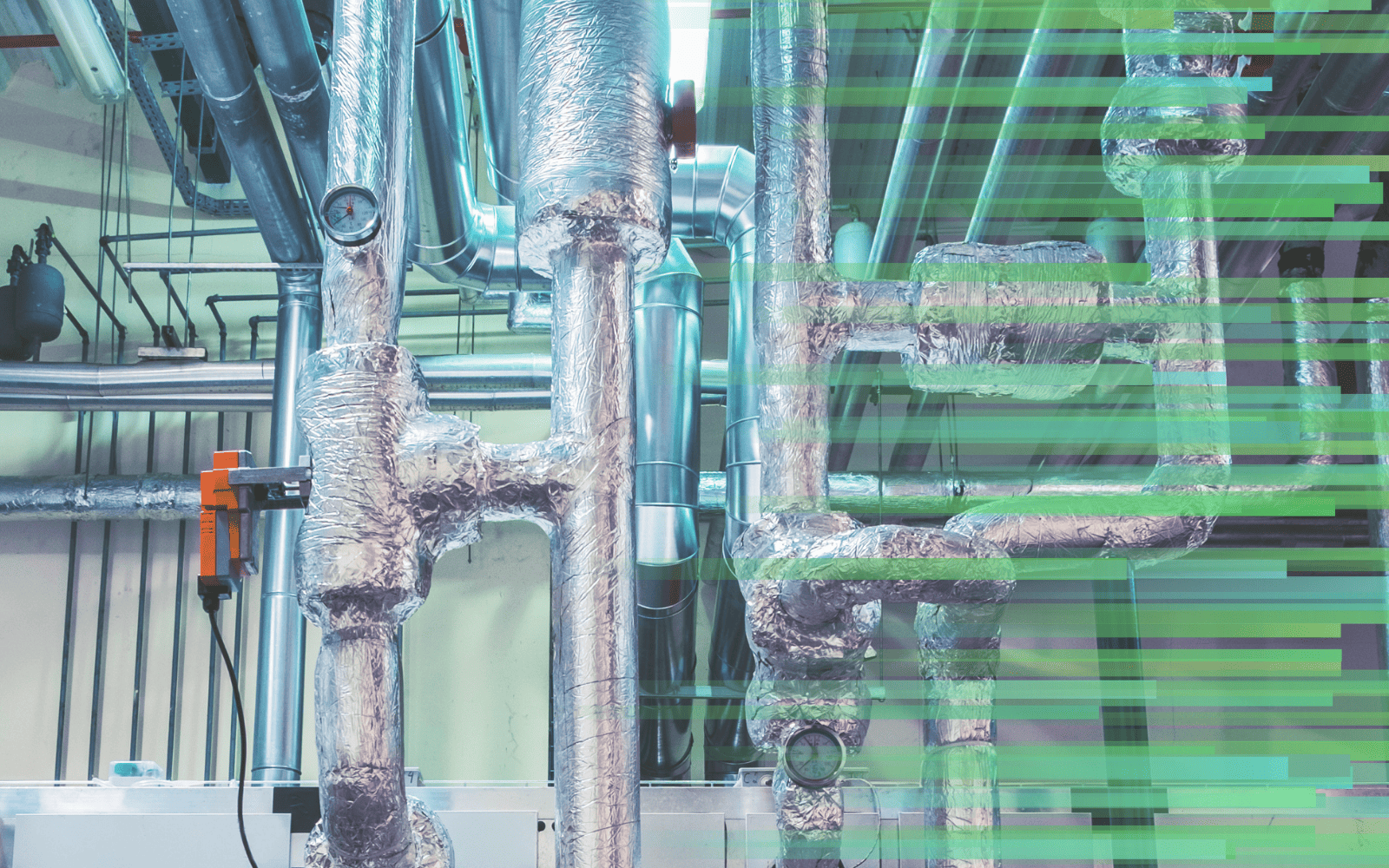equal to 7.8 million tons of CO2
Our impact
We find and destroy the most potent greenhouse gases before they are released into the atmosphere. To date, we have eliminated the equivalent of:

1.1 million
homes powered for a year

15.2 billion
miles driven

688 million
gallons of gas used

14.2 million
barrels of oil consumed






